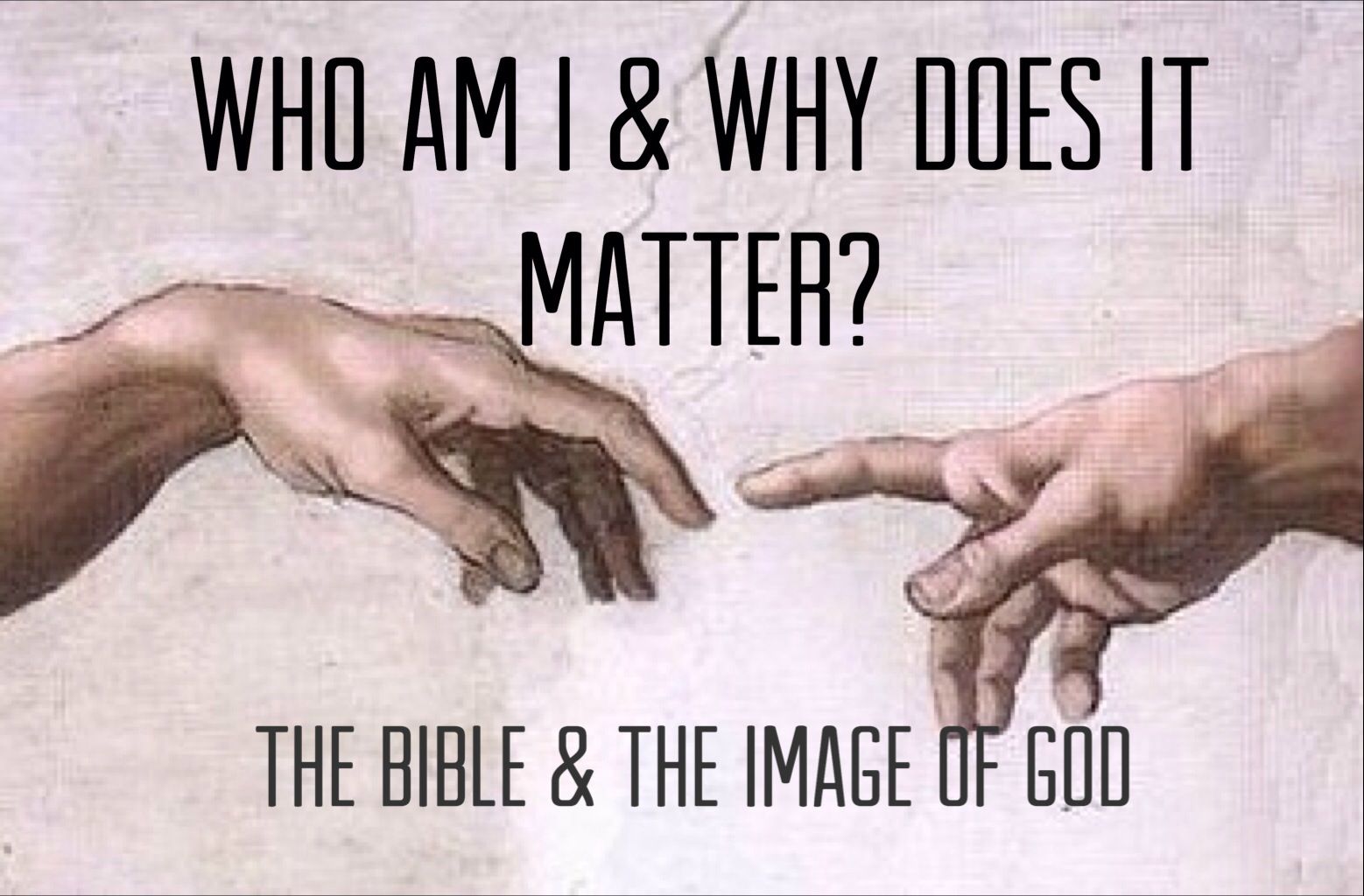
What does perfect humanity look like? I’ve been preparing some notes for a session on the Bible & the Image of God, and I’ve been struck by the idea that because Jesus is the perfect person (Hebrews 2), to become more like him means becoming more human, rather than less. As such, Christlikeness is about becoming more like the people we were created to be.
In his novel Voyage to Venus, C.S. Lewis has a go at describing the world before humanity’s fall, capturing both the beautiful perfection of that humanity, whilst wonderfully articulating humanity’s distinction from its Creator.
It was a face which no man can say he does not know. You might ask how it was possible to look upon it without idolatry, not to mistake it for that of which it was a likeness. For the resemblance was, in its own fashion, infinite, so that almost you could wonder at finding no sorrows on his brow and no wounds in his hands and feet. Yet there was no danger of mistaking, not one moment of confusion, no least sally of the will towards forbidden reverence. Where likeness was greatest, mistake was least possible. Perhaps this is always so. A clever waxwork can be made so like a man that for a moment it deceives us; the great portrait which is far more deeply like him does not. Plaster images of the Holy One may before now have drawn to themselves the adoration they were meant to arouse for the reality. But here, where his living image, like him within and without, made by his own bare hands out of the depth of divine artistry, his masterpiece of self portraiture coming forth from his workshop to delight all worlds, walked and spoke, it could never be taken for more than an image. Nay, the very beauty of it lay in the certainty that it was a copy, like and not the same, a rhyme, an exquisite reverberation of untreated music prolonged in a created medium.
Lewis, C.S., Voyage to Venus. London Pan Books, 1955, p.190.